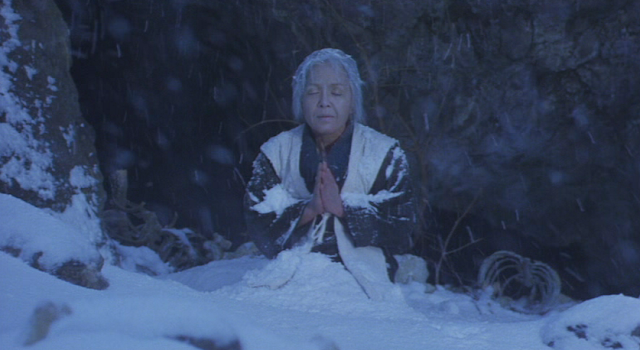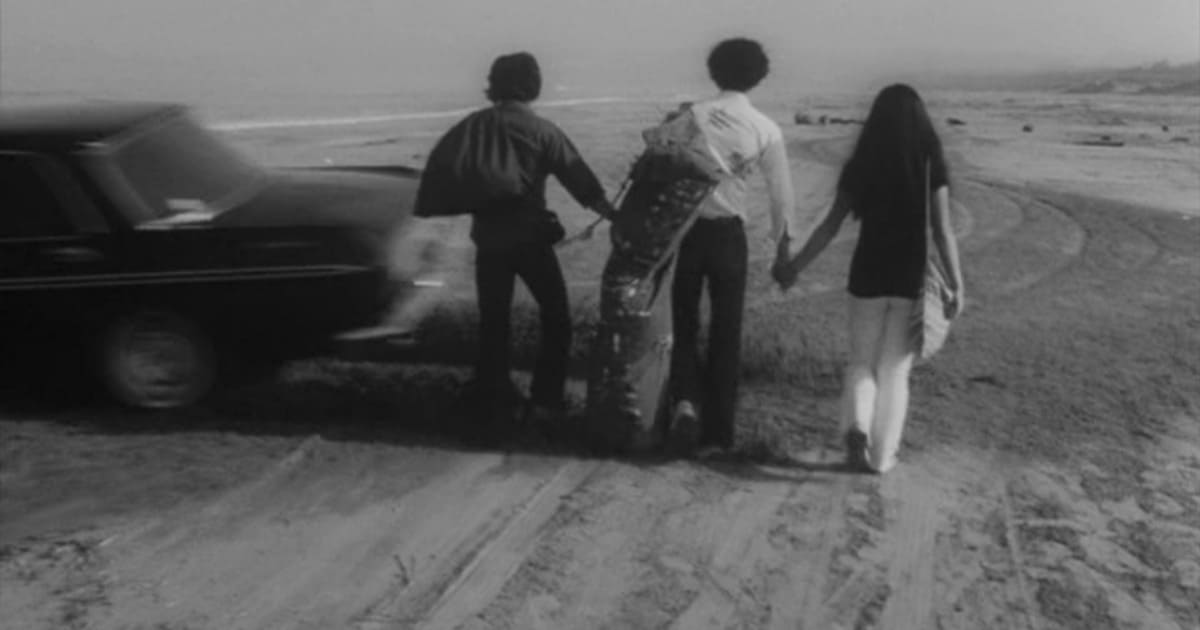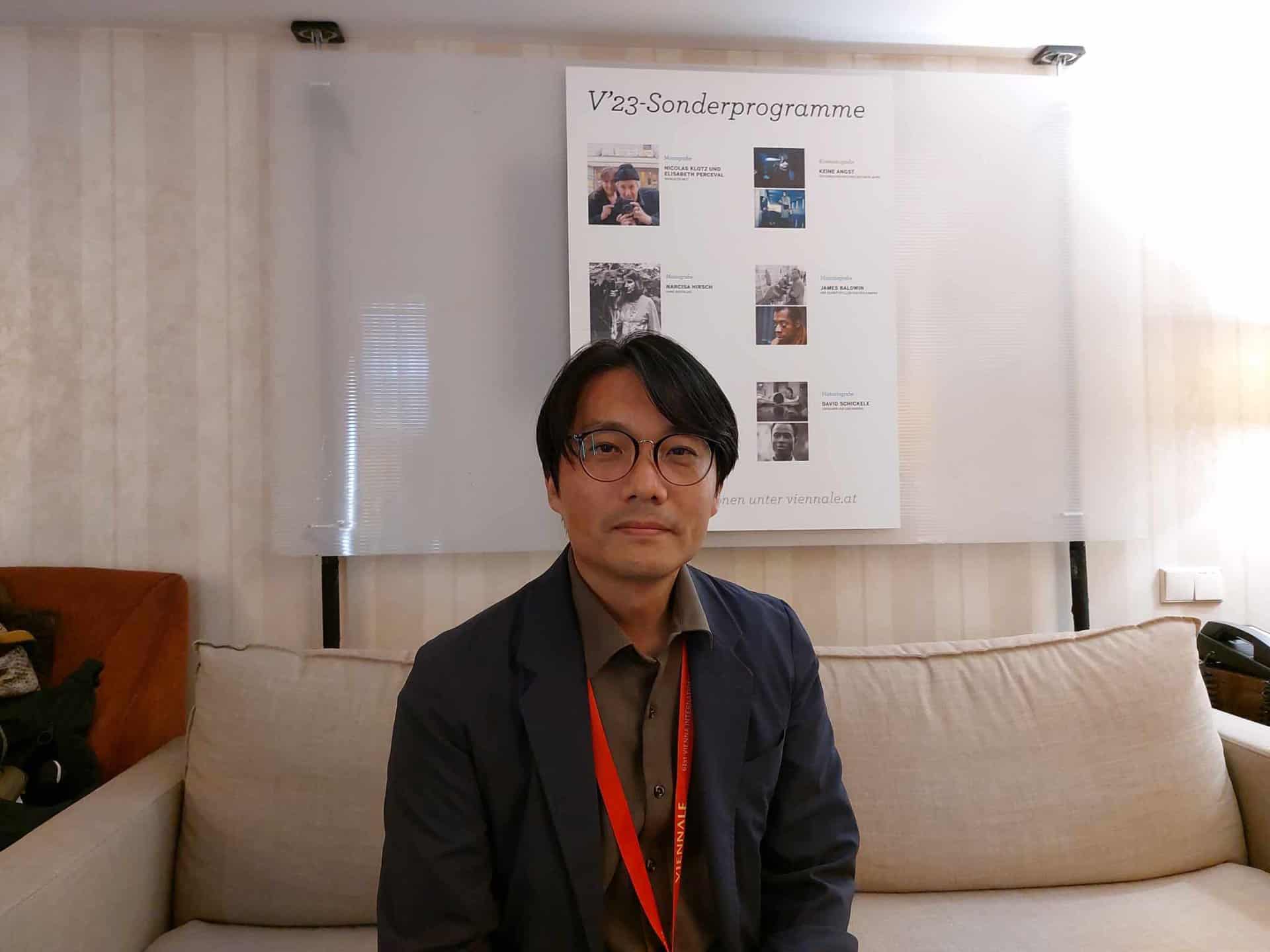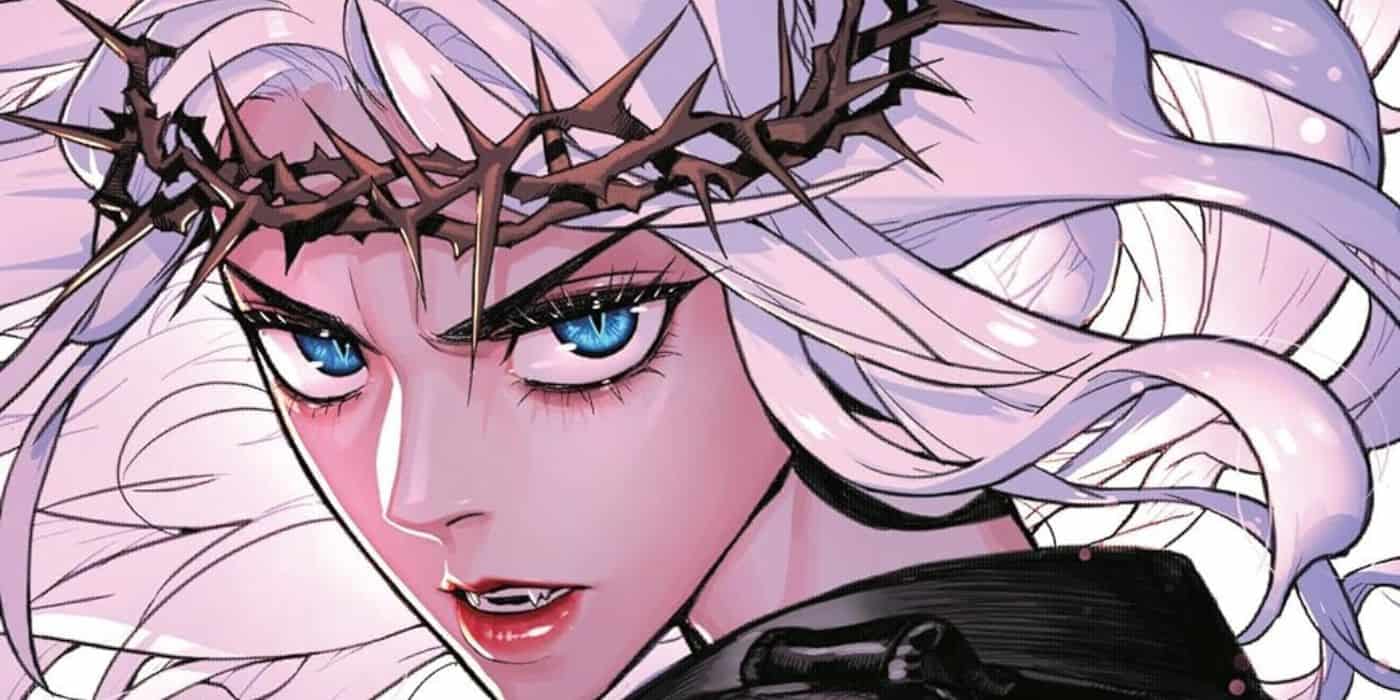We are talking about a filmography full of edgy, unpolished, brutal as much as soft, overwhelmingly impetuous, as much as preserved when needed, kind of imagery. This a hardcore cinematic universe full of primitive sexual desires, violent instincts and life affirming racial clashes, which spins around a world full of pigs, pimps and prostitutes. And even more, a variety of characters and moods given in a profoundly naturalistic, almost pagan and symbolic way. Human beings who transcend above gender discrimination or any other kind of known social stereotypes. People who always strive to find their place under the sun, most often the hard way. Victims of situations who willingly take responsibility of their own victimization by struggling between an ongoing modernization and ancestral traditional foundations. They fight for life, but they also dare looking death right in the eye. They try to resist by acknowledging their full distrust towards a society that imposes order as the ideal. Finally, they pay their dues like, almost all of us, or at least those who are willing to do so. These figures move away from this, most of the times, utopian cinematic elegance and righteous order we may love, or love to hate. Of course, all of the above traits, cinematically speaking, can easily work as a double edged sword, but Imamura successfully avoids making them look flat or even completely immoral. They often adjust according to the circumstances, though they rarely compromise.
Imamura is definitely one of the pioneers of Japanese new wave cinema, a chapter which is extremely big and too crucial to analyze, as it includes too many topics and even more subtopics. For those who imply that the Japanese new wave is just another form of the beloved French “Nouvelle Vague”, I can only say that such a point is completely out of any reasonable context. Very briefly, this happens for the simple reason that even if the two movements, chronologically, almost fall within each other, semiologically speaking, there are quite a few important differences. But I will not go on any further on this topic.
Imamura started his career as Ozu's clapper boy. Before that, he was supporting himself by trading goods in the Japanese black market. Thus, we may understand the locations where he collected the pieces in order to form his cinematic mindset. This is exactly the world we are being introduced throughout his films during the 60's and after the four dramatic satires he shot during the very late 50's, at the very beginning of his directorial career in Nikkatsu. Before that, he had also worked for the outstanding director Yuzo Kawashima, who followed him in Nikkatsu.
The 60's begin with ‘Pigs, pimps & prostitutes', his iconic trilogy which consists of the 1961 ‘Pigs & battleships' followed 2 years later by his ‘Insect woman'. He completes this puzzle in 1964 with the release of its final installment, the breathtaking masterpiece that ‘Intentions of murder' is. This is a landmark for Japanese new wave movement and marks the point where Imamura epitomizes his view regarding the post war Japanese social consciousness. He clearly shows his teeth against Ozu's clean cut – zen like – Japanese to the bone, lovable characters and their complete devotion in hierarchy matters. He wants to change the game and he succeeds in his own way, right next to all the other innovators of his era.
He continues by creating his own production company supported by Nikkatsu and Art Guild Theatre. He directs the pitch dark tragic comedy that ‘The pornοgraphers' is. In 1968, he is set to direct ‘The profound desires of gods', a 3 hour – full of symbolism – epic cinematic vision. In this work, he highlights the sinister effect of modern industrialization which clashes against a forgotten tribal community. It is a financial disaster for both him and Nikkatsu, which is already suffering a huge financial crisis. For almost ten years, Imamura is shooting TV documentaries. This is until he performs his amazing comeback in 1979 with the iconic, multilayered chronic of Iwao Enokizu based on the true story of τηε real life serial killer Nisiguchi, titled ‘The vengeance is mine'. Ken Ogata delivers one of the most amazing performances in universal cinematic history and Imamura's film is considered a pure masterclass regarding the genre. In 1981, he shoots a truly mesmerizing period drama called ‘Eijanaika'.
Two years later he decides to direct his take on Fukuzawa's masterful novel and of course a remake on Kinoshita's 1958 ‘The ballad of Narayama'. Not only he manages to create a classic masterpiece but ‘The ballad', aside from all the prizes won and all of its critical appraisal, is what I honestly consider as the quintessence of modern anthropocentric cinema and one of my top ten films of all times. In fact, one of the most wonderful, genuinely moving and thoroughly intriguing as much as hair-raising pieces of art I have ever had the pleasure of witnessing with literally all of my senses, so far, in my life. I never, ever forget the way I felt after the first viewing and the definitive part that this certain film had regarding the transformation of my entire perspective, not just on cinema and arts in general, but on humanity as a whole.
Four years after ‘The ballad' he films ‘Zegen', the adventures of a Japanese immigrant in Hong Kong turned into a pimp, where Ken Ogata thrives once again as the main character, Iheji Muraoka. In 1989, he releases his ‘Black rain', the unsurpassable, elegiac masterpiece regarding the Hioshima aftermath. Eight years after he hits back with his amazing ‘Eel', a unique hybrid of drama, comedy and erotic thriller. He shares the Cannes ‘Palme D'or' with Kiarostami's ‘Taste of cherry' and one year later, he releases ‘Dr. Akagi'. Finally, in 2001 he ‘composes' his swan song, the surreal, sexually charged satire ‘Warm water under a red bridge' featuring one of the most amazing, among so many, leading roles that the beloved actor Koji Yakusho has brought on the silver screen.

After this quick revision, we go back in 1967, which is a real turning point in Imamura's career. ‘A man vanishes' comes exactly at the point between his 1966 histrionic satire ‘The pornographers' and the disastrous financial flop that came along with ‘The profound desires of gods' in 1968. This is another hint regarding this certain work's great importance.













